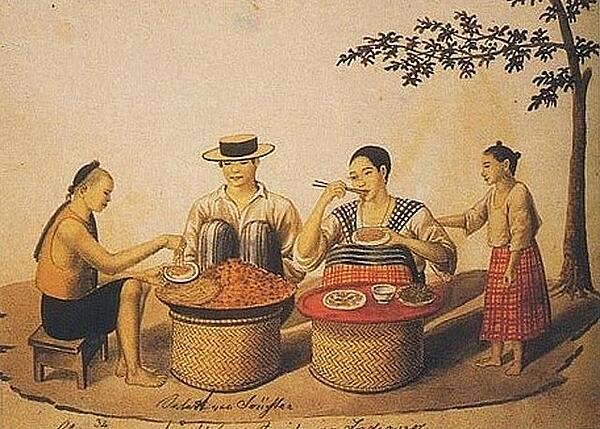Chinese trade in the Philippines
While historians have never established a definitive date for the first contact between China and the Philippines, the date currently accepted is 982. This was the year when merchants from the Philippines first took their items to Guangzhou and Quanzhou in search of trade opportunities, as noted by Ma Tuan-lin when compiling other historical records in the Wen-hsien T’ung-K’ao during the transition between the Sung and Yuan dynasties.
Permanent Chinese trading posts were set up in the coastal towns of the Philippines during this time, with traders regularly travelling over to the archipelago to sell their wares. Common items being exchanged included silk, porcelain, glass, beads, pearls and tortoise shells.
The island of Siquijor in the Philippines, known at the time as Katagusan, also saw many of its traders hit the high seas in search of new trade networks. However, people of the kingdom are thought to have already been in contact with Chinese traders, with many archaeological digs leading to the discovery of Chinese ceramics around this part of the Philippines.

Other evidence that Chinese trading was already taking place in and around Siquijor includes evidence of the development of traditional witchcraft and healing practices at this time. The history of witchcraft on the island has since become the subject of myth and legend, often used by businesses around the region to boost tourism. This is aided by the stories of swarms of fireflies that used to occupy the islands, giving off an eerie glow and prompting the first Spaniards to arrive in 1565 to nickname it Isla del Fuego, or “Island of Fire”.
Aside from direct trade relations, goods from the Philippines also made it over to China via third intermediaries. This occurred regularly during the Sung Dynasty (960-1127 AD) when Arab traders brought Filipino items to southwestern China via the port of Canton.
MLA Citation/Reference
"Chinese trade in the Philippines". HistoryLearning.com. 2026. Web.
